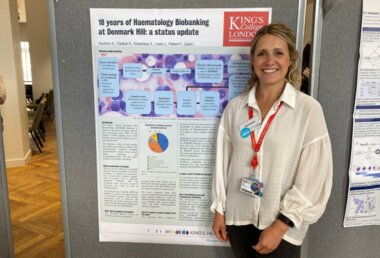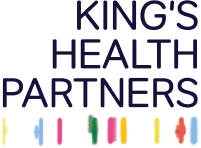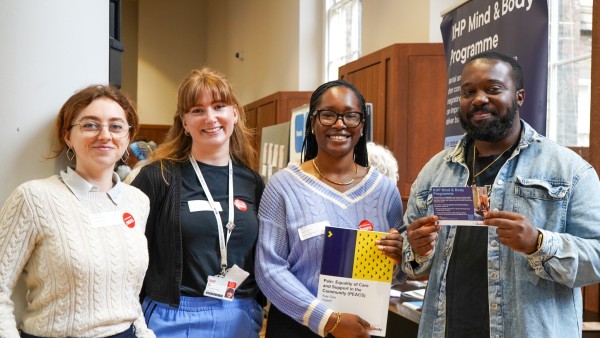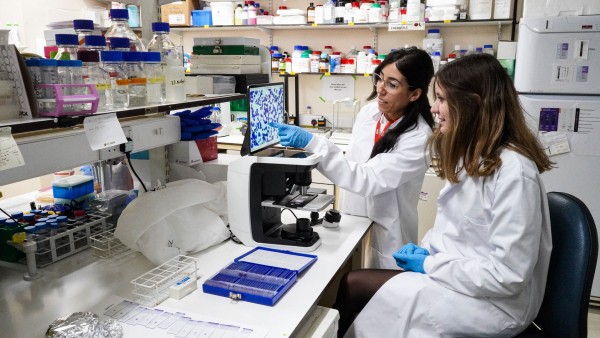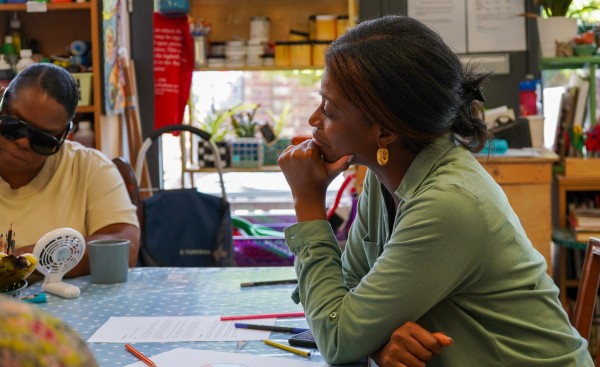29 November 2023
Amelia Rushton [pictured] reflects how researchers can benefit from the biobank’s collection of samples.
What is the biobank?
The King’s College Denmark Hill Haematology Biobank (KCDHH) biobank is based at the Rayne Institute. We facilitate the collection of samples (mainly blood and bone marrow) from haematology patients, which are processed and stored in the biobank. We then work closely with researchers (internal to King’s Health Partners, external academic institutes or commercial companies) to find suitable samples that we can release to support basic and translational research into the aetiology, diagnosis, and prognosis of blood diseases.
Biobanks were set up following the Human Tissue Act 2004 to support researchers and to regulate the storage and use of tissue samples. The Biobank has generic ethics approval that applies to anyone using samples from the Biobank, which is of great advantage to researchers as there is no need to obtain you own ethical approval.
What was your involvement with the biobank?
As the Data Manager for the Biobank, I was responsible for the day to day running of clinical data collection to accompany the samples we collect. I also acted as the main contact for researchers interested in accessing samples held within the biobank. I worked closely with researchers throughout all stages of the sample access process, including application submission, sample identification, clinical data collection, and arranging the Material Transfer Agreement.
I also chaired the quarterly Access sub-committee meetings, where we review new sample access applications and report on Biobank data, including recruitment rates and clinical annotation progress.
How can people find out more?
We have two webpages for the biobank; a KHP webpage which contains information for patients and a King’s College London webpage which contains information for researchers, but anyone is able to access and view both of the pages!
The KHP webpage, designed with patients in mind, includes information such as how patients can participate in biobanking, the type of samples we collect, how they are stored and used, the anonymisation process used to keep patient data secure, and how the biobank is governed. It also includes useful documents for patients such as the Patient Information Sheet and a copy of the consent form.
The King’s College London webpage, designed for researchers, includes information such as the sort of samples stored in the bank, the different services we can offer (eg. generic biobanking vs clinical trial collections), and the application process for researchers interested in applying to access samples.
What are your aspirations for the biobank?
I would hope that the biobank can continue to increase both engagement with patients and exposure to researchers, so we are able to continue building our important sample repository and at the same time maximising the use of the samples which have so kindly been donated to us by patients. It is really amazing when we find out that papers have been published which have used biobanked samples, as it is very rewarding to see samples that we supply being used for such important research.
Find out more, visit the Biobank’s website here.
